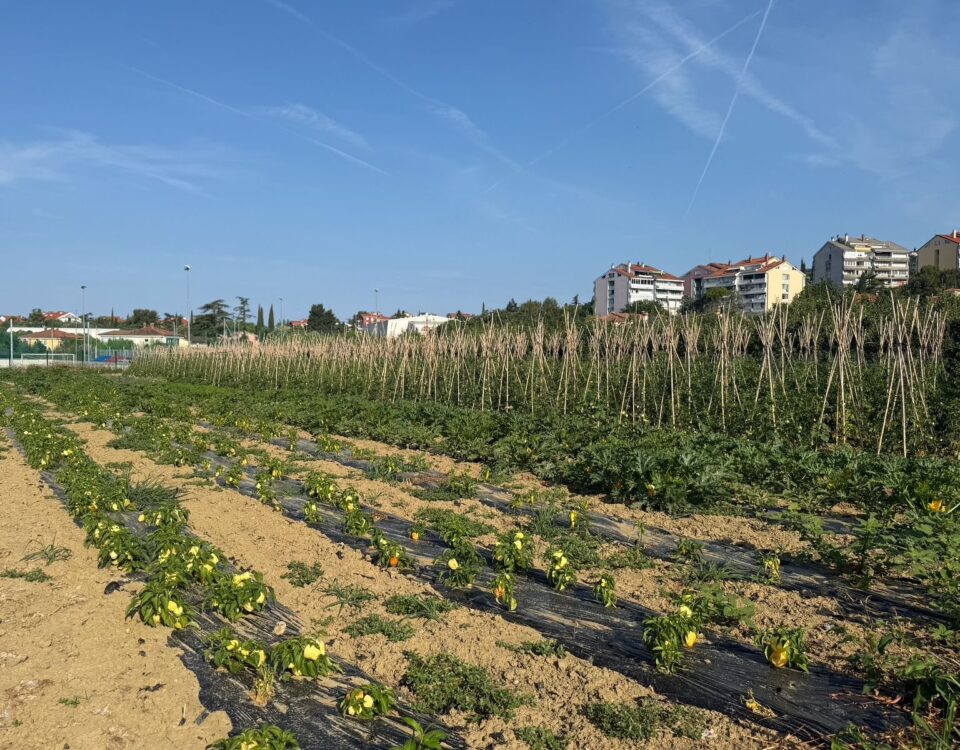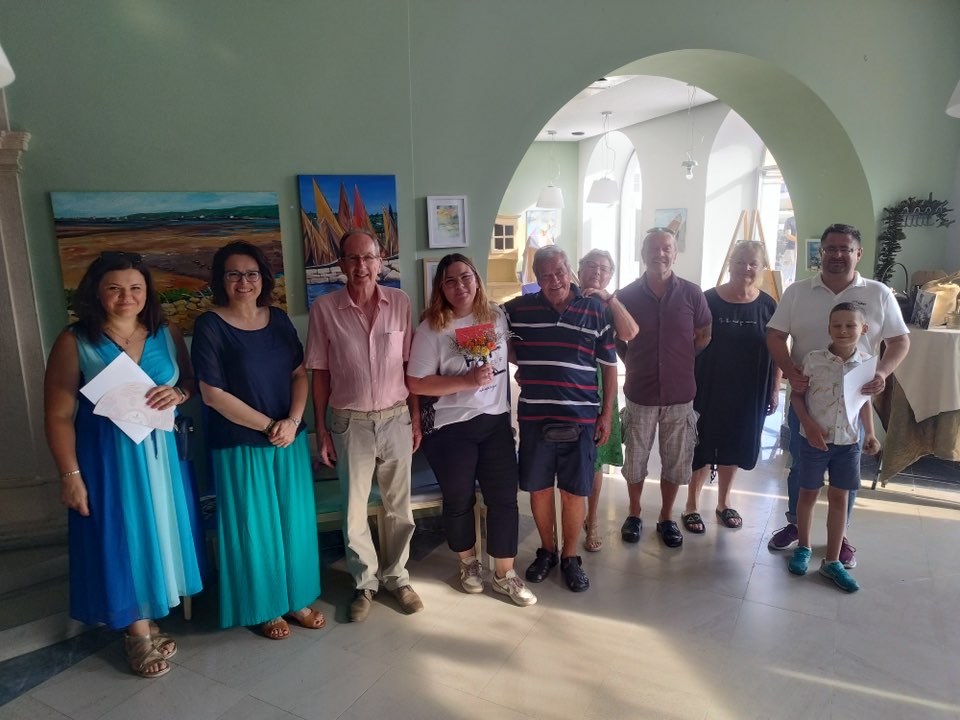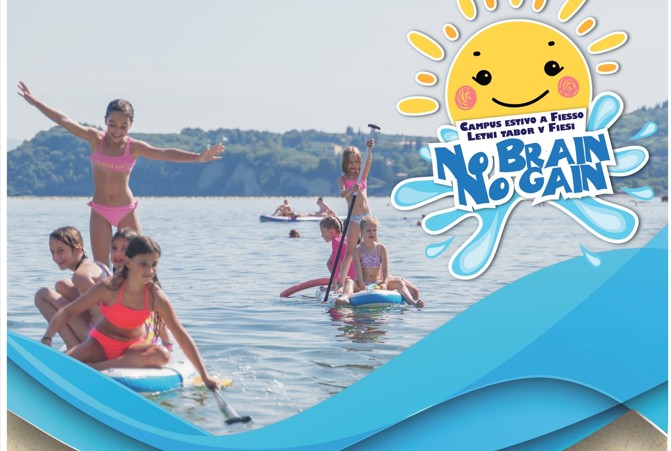Concerto d’apertura dell’Anno tartiniano

Carnevale 2022
02/18/2022
Presentato il catalogo dedicato ai sapori nelle saline
02/21/2022
Gentilmente invitati all’Auditorio di Portorose sabato 26 febbraio 2022 alle ore 19.30, al concerto d’apertura in occasione del 330° anniversario della nascita del Maestro delle Nazioni. Per l’occasione si esibiranno l’eccezionale violinista Salvatore Accardo e la Nuova orchestra da camera “Ferruccio Busoni” diretta da Massimo Belli.
Chiediamo cortesemente di confermare la presenza entro le ore 12 di mercoledì 23 febbraio 2022 all’indirizzo di posta elettronica [email protected] o al numero di telefono 041 671 297 (+38641671297).
Concerto d’apertura per il 330° anniversario della nascita di Giuseppe Tartini
Salvatore Accardo, violino
Nuova orchestra da camera “Ferruccio Busoni”
Massimo Belli, direttore
Programma:
Giulio Meneghini: Concertone in MI minore
Largo andante – Allegro, Adagio – Allegro
Lucio Degani e Giada Visentin violino, Silvestro Favero viola,
Giuseppe Barutti violoncello e Alessandra Sagelli clavicembalo
Giuseppe Tartini: Concerto per violino e archi in LA maggiore D96 (1692 – 1770)
Allegro – Largo – Presto – Largo Andante
Salvatore Accardo, violino
Giuseppe Tartini: Concerto per violino e archi in SOL maggiore D83
Allegro – Largo – Allegro
Salvatore Accardo, violino
Giulio Meneghini: Concertone in SOL maggiore (1741 – 1824)
Grave – Allegro – Allegro Assai
Lucio Degani e Giada Visentin violino, Silvestro Favero viola,
Giuseppe Barutti violoncello, Alessandra Sagelli clavicembalo
L’orchestra da camera “Ferruccio Busoni” è stata fondata nel 1965 da Aldo Belli. Il complesso storico è una delle prime orchestre da camera sorte in Italia nel dopoguerra ed è la più antica della regione Friuli Venezia Giulia. È formata da affermati strumentisti, vincitori di concorsi internazionali, che tramandano la civiltà musicale del Trio di Trieste e del Quartetto Italiano, di cui sono stati allievi. Nel 2005 e nel 2010 per festeggiare il 40° e il 45° anniversario dell’orchestra, hanno tenuto alcuni concerti con la partecipazione straordinaria del violinista Salvatore Accardo, che potremo ascoltare anche a Pirano. L’orchestra ha registrato 20 CD per case discografiche come Velut Luna, Concerto Classics, Brilliant Classics, Warner Classics e Amadeus, presentando brani in prima registrazione mondiale di importanti compositori, nel 2018 anche due concerti di Tartini con la violinista Laura Marzadori.
Il violinista Salvatore Accardo suona come solista con le orchestre e i direttori più famosi al mondo, come musicista da camera invece collabora con gli artisti più in vista. Ha debuttato anche come direttore d’orchestra nel 1987. Il suo repertorio spazia dal barocco alla musica contemporanea. Molti compositori quali Sciarrino, Donatoni, Piston, Piazzolla e Xenakis gli hanno dedicato delle opere. Per le sue straordinarie interpretazioni ha ricevuto le onorificenze di Grande ufficiale dell’Ordine al merito e di Cavaliere di gran croce dell’Ordine al merito. Nel 2017 ha ricevuto la medaglia d’oro dal Kennedy center di New York.
Massimo Belli, nel corso della sua ricca carriera, ha interpretato numerosi concerti importanti per violino con l’accompagnamento di orchestre famose. È stato primo violino in numerose orchestre in Italia e all’estero. In passato, Belli ha registrato per la radio e tv Italiana, Sovietica, Tedesca, Jugoslava, Brasiliana, Austriaca, nonché continua a registrare ancor oggi con numerose emittenti note. Ha studiato direzione d’orchestra con Aldo Belli e Julian Kovatchev. È professore di violino al Conservatorio di Trieste e collabora con varie accademie mondiali. Quest’anno sarà alla guida dell’Orchestra Filarmonica del Nord della Repubblica Ceca nella sala Bedřich Smetana a Praga.



